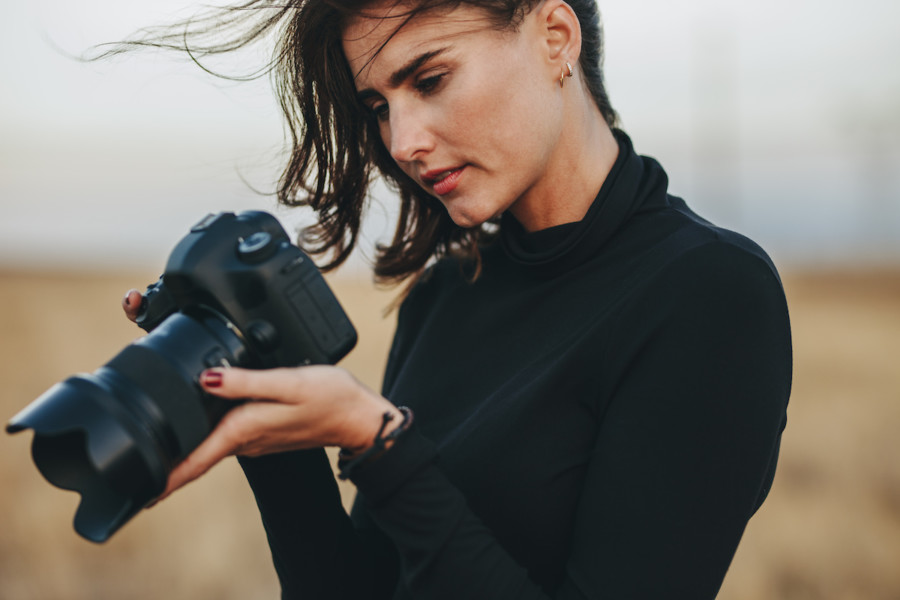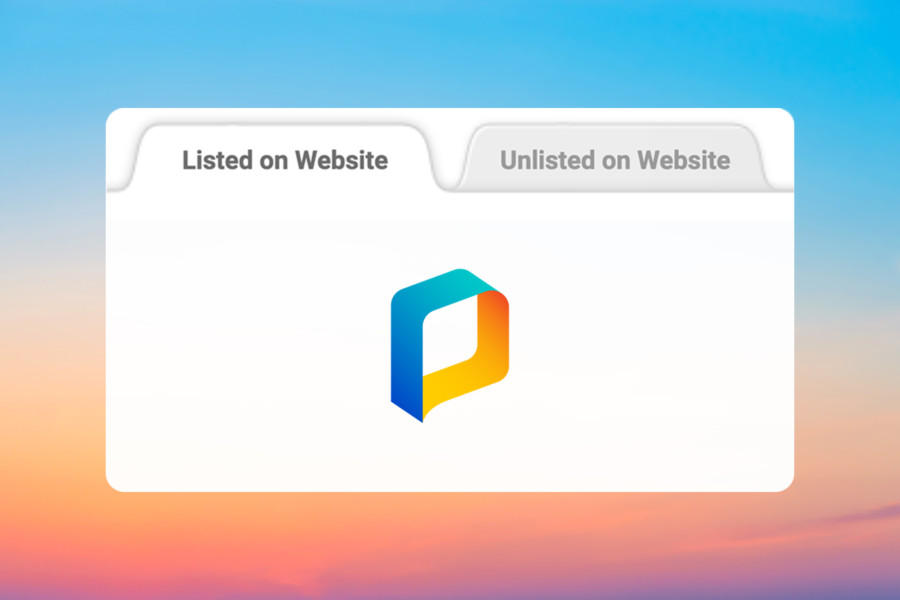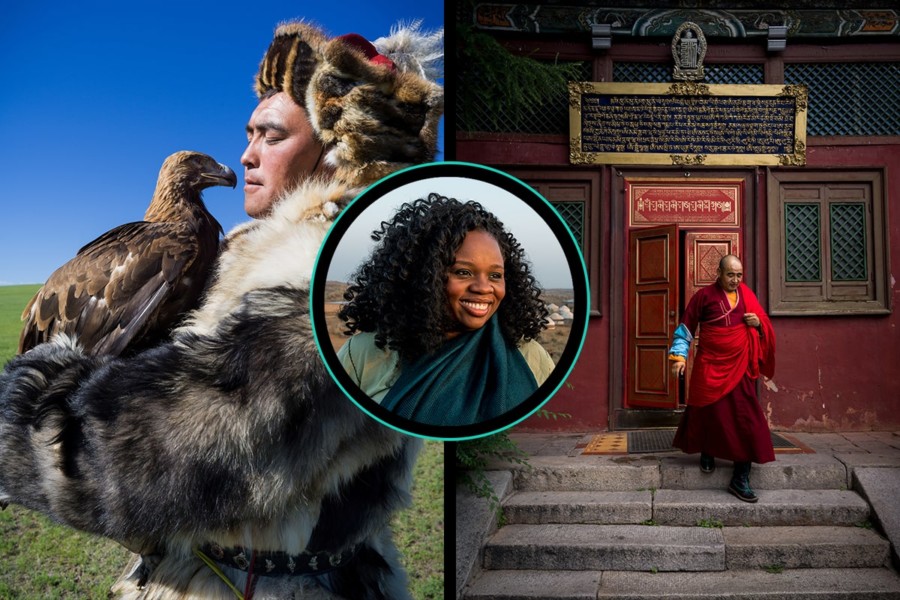Share
WATCH: Sell Your Travel Photos with Tips from Lola Akinmade Åkerström
These days, everyone is missing travel. And while it’s tempting to day dream about future getaways, you might actually have some images in your a...
These days, everyone is missing travel. And while it’s tempting to day dream about future getaways, you might actually have some images in your archive from past trips that can earn you a little cash now.
Last week we sat down with Lola Akinmade Åkerström to talk through some of her tips for selling travel photos to publications like National Geographic Traveler, Vice and Lonely Planet, as well as local tourism boards.
Watch to learn:
- How to prepare your portfolio for selling
- Why focusing on storytelling is more effective than getting that one epic shot
- How to compose photographs for magazine covers
- The value of an image bank (versus a simple portfolio)
- How to use LinkedIn and Twitter to catch the attention of Photo Editors, Art Directors and more
- What a callout list is and why you want to be on one
Cover image by Lola Akinmade Åkerström.
On-Demand Webinar:
All your questions answered
A big thank you to everyone for submitting questions throughout our conversation with Lola. Read through some of the answers below and feel free to tweet any lingering questions @photoshelter and @LolaAkinmade.
This Q&A was lightly edited for clarity and length.
When in your career did you decide to think of your site as an image bank versus just a regular portfolio site?
It was early on. When somebody was asking me for something, I couldn’t get everything quickly off my computer, upload all these images to We Transfer and try to get it to them in a timely fashion. I felt like I wasn’t working in a smart, efficient way. I don’t even know when I found PhotoShelter, but it’s been a couple years now since I’ve been on the platform as a professional.
When I realized there has to be a smarter way of getting sample work to the people asking for it. And that’s where I’m at. And that’s, for me, it was when I started thinking, “Okay, there has to be kind of a way of showing it better online.” And I know in the past when they used to be Flickr and all that, it just felt like it wasn’t enough. I needed something else that felt just more comprehensive, where I could upload and share.
Any tips for pricing models or licensing and fees?
There are many calculators online. But most of the time, lots of publications already have their fixed fee. Especially if you’re publishing a photo spread, they’ll often say “This is what we pay,” but what you can always do is say, “Do you have any wiggle room?” Editorial budgets are not the biggest. Where the money comes is usually more on the commercial side, working on campaigns or working with commercial brands.
When you’re showing your work, how far back do you typically go before it’s too deep into your archive?
Something I talk about in my course is regularly going through your archives and clearing them out. If you’re a street photographer, the cityscape changes, so it no longer is a valid photo. If you want to sell a lot of that kind of work, try and stick in the areas where you know the zoning wouldn’t change the cityscape. So for example, the old towns or the protected areas, or the UNESCO’s. You know that cityscape isn’t going to change unless there’s like a crane fixing a building. That’s one way to create some evergreen images.
For your archives, a lot of things can still go back 10 years, especially if there are things like detail shots or food or things like that. I would say maybe every five years, just go through and see what you feel like is getting outdated and take them out.
How long do you typically license your photos for these publications or image banks?
I think each of them comes with different terms. So for example, a lot of these image banks, just want the image to be in there for maybe five years or even for the span of the life of the image bank. That’s fine. If you don’t want that, then just negotiate terms. Just remember that the price is probably going to change because then it’s not going to be as much per image.
Also, remember that even if the images in their image bank forever, you still own the copyrights. You can still sell the image to different publications. It doesn’t restrict the sale of the image. So when journalists are looking for images, they can use it, you get the byline, you get the credits and they usually pay more per image, and you’re still within over copyrights and you sell it as well.
Are you ever compensated for travel when you’re going somewhere to take photos? Do any publications pay for your flights or food or lodging?
Sometimes, but very rarely by the publication. A lot of publications are okay with you working with the local tourism board, which might cover your flights and lodging. A lot of publications say, especially on the travel writing side, that they don’t want press trips. It’s very different for travel photographers because you’re just taking photos of the destination. You’re not actually putting words or saying, “I love this destination!” I’m just taking the photo. So it’s actually easier as a travel photographer to get the tourism board to bring you in and cover the expenses and support you with an assignment letter from the publication as well.
Can you talk about any of your go-to gear, especially for someone who’s taking it abroad or moving along and traveling about?
I’m a Nikon girl and right now I use a 750, but I’m planning on upgrading soon. I do have a backup Sony, but I’m usually on Nikon.
I usually take three lenses with me because I’m trying to travel light and because I also want to try and bring a different range of photos back. So the three lenses I usually take are my 14-24mm wide angle lens for those landscape shots and interior shots. Then I take my 24-70mm, which I call my everyday street lens. You can get right into the action as well. And finally, I take the 50mm millimeter fixed for food or portraits or things like that. I am definitely in the process of trying to upgrade and take things out and shuffle my gear and try different brands too, but we’ll see.
Where in your creative workflow or process do you really craft your visual voice? Is it when you’re shooting? Is it when you’re planning or editing your work?
So it’s both. First, you need to have something good to work with. It’s like trying to build… like try to put icing on like nothing. I have my own compositional style. When I’m out there, I love isolation a lot. I love framing and ways of capturing scenes. And so I do a lot of the compositional shots, on location when I’m taking or creating or making the photo. Then when I bring it back, that’s when I kind of add my voice.
One of the quotes that I like is from a photographer who said “Edit how the scene made you feel, not how it looked.” I thought that was really fascinating because then you can edit it in a way that evokes the emotion you felt in that place. Was it really moody and dreary? Then edit it that way. That’s when you start bringing all kinds of emotion and voice into the shot.
For a detailed look at some of Lola’s published photos, magazine covers and expert tips, watch the on-demand webinar today.
We also want everyone to know that this webinar was only a sliver of what Lola has to offer. She’s agreed to provide a generous 25% discount for her course, the A to Z of Selling Your Photos, until September 30th. Use the code PS25OFF when signing up to get even more sales tips and insights!


